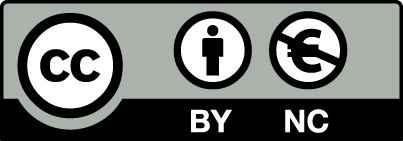Abstract:
We study the role that price transparency plays in determining the efficiency and surplus division in a sequential bargaining model of price formation with asymmetric information. Under natural assumptions on type distributions, and for any discount factor, we show that the unobservability of past negotiations leads to lower prices and faster trading. Unobservability therefore enhances the ``Coasian effect" by fostering efficiency and diverting more of the surplus to the player who possesses private information. In addition, we show that the equilibrium is unique and is in pure strategies in the non-transparent regime; this stands in sharp contrast to the existing literature and allows for a better understanding of the Coasian effect and price observability.

